-
Posts
19,687 -
Joined
-
Days Won
1,565
Content Type
Forums
Detector Prospector Home
Detector Database
Downloads
Posts posted by Steve Herschbach
-
-
Looking more into the Go Detect app it may not end up being an operational interface for the DEUS but simply a mapping system. I went ahead and started another thread on it at http://www.detectorprospector.com/forum/topic/1436-xp-metal-detectors-go-detect-app-for-smartphones/ to keep a separate eye on it.
-
I started checking more into a mention of XP DEUS Version 4 updates, especially this badly translated information from a French website:
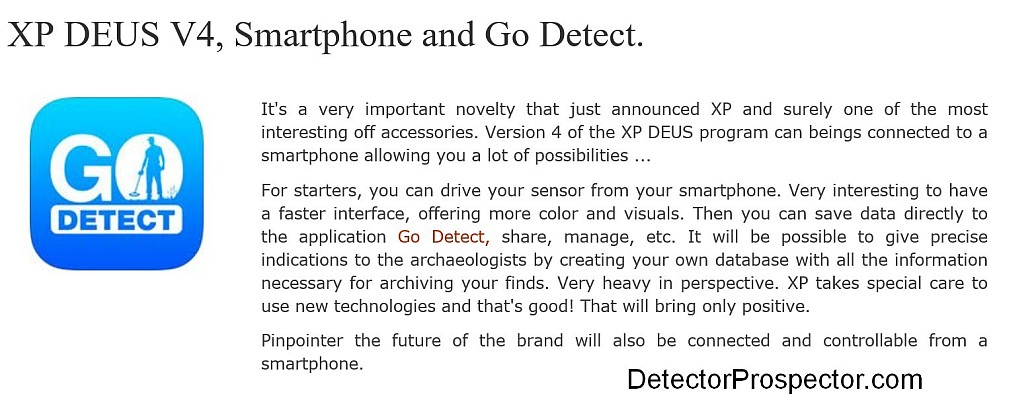
So I started Googling and there is a Facebook page for the app at https://www.facebook.com/godetect/
Right now it is mainly just a finds recording and track mapping app much like the Minelab XChange system, but phone based. One photo really caught my eye however. It apparently can use the phone location services plus orientation features in combination with the app to superimpose past finds onto a view of the terrain. The prospecting applications for this alone are obvious.
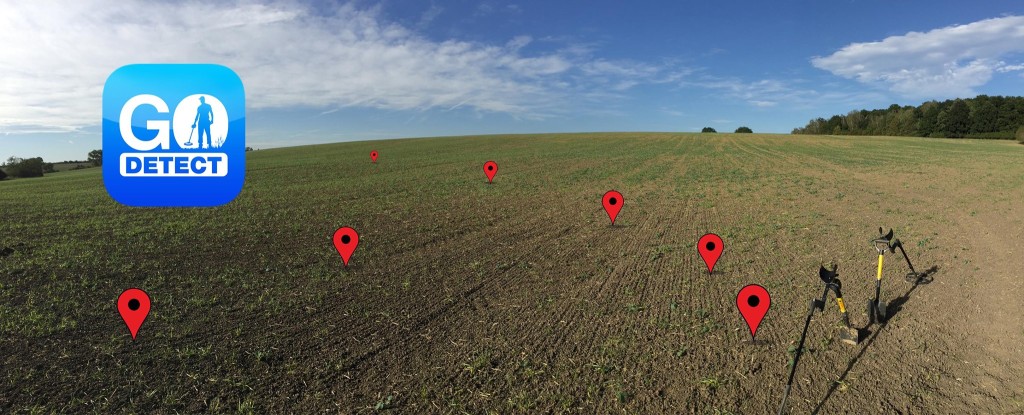
After my pretty much blowing them off last year XP is really getting my interest now.
-
 1
1
-
-
I wish they had been a bit more adventurous with distance from base camp with this but it gives at least an idea of the possibilities....
-
 3
3
-
-
The Minelab PRO-ALLOY Gold Tester. Could be a good tool for the jewelry hunters like me, not so sure about nugget hunting but probably will work on nuggets with clean surfaces. At $375 though going to be a tough sell. Part # 3011-0307
Features:
Instant gold karat reading
Fast and accurate
Non-destructive
Protective case included
Batteries included (1xAA)
What's included:PRO‑ALLOY meter
Test probe set
1 x AA battery
Protective meter cover
Soft carry case
Multi-language instructions -
That's funny Paul, I just sent you a message about Coin & Relic and now you are posting about it when next I look. You are the first person that I have ever read who has experience to offer with this timing so I am all ears!
-
-
You are making it too hard Barry. The heavy work is done in the coil. The phone is just the interface. It might mean a $500 coil and a $20 app (free with coil). Though an iPad Pro surpasses most home computers in processing power right now and I doubt the phones will be far behind, I just don't think detectors have as much processing power in them as you think anyway. A pay for app would be a near certainty; the open source idea was just wishful thinking.
I hear what you are saying but I never thought my phone would replace my camera and GPS yet I am about there. Never say never when it comes to technology. XP is working on it right this minute. Their controllers are just that and no reason a phone can't replace them.
-
 1
1
-
-
Paul seemed quite impressed at Link deleted since Findmall update broke old links and he knows his stuff for sure.
How about that nugget you emailed me a picture of Rege - what's the story on that?
-
It gets real good on day 2. Details to follow.
The suspense is killing me!
-
For a limited time only, $3,999 is a special offer for every GPX 4500 + SDC 2300 bundle NEW purchase only. Valid from 7th December 2015 until 31st December 2015. USA participating dealers only.
-
Part 3 http://www.dankowskidetectors.com/discussions/read.php?2,95264,95463#msg-95463
"The FGP's performance in heavily iron trashed-out sites is indeed stunning. Not many detectors survive/perform in the sites that I have subjected the FGP to. Right now........ I can (only) say that the FGP is in the top 10% of the 'relic hunting' units on the market. The % may be much better ((and I'll find out))....... but, for now...... I can comfortably/conservatively rate the unit in the top 10%." -
The big problem I have created for myself is what about a year from now? I guess I don't have to worry about that now but you all can help me out by performing random acts of kindness whenever you get the opportunity. Paul really does set an example for all including myself to strive for. Thank you everyone in helping to make this special for Paul.
-
 2
2
-
-
-
The wireless headphones I got work great... I heard about the KLEER technology from nenad@phasetechnical.
It takes a little searching, but the best thing about owning them is that they work for ANY detector with an audio output jack...
The makros are limited to a detector that uses their type of BT dongle, I would imagine.
Mine are reportedly faster because of something to do with compression times of BT.... (read...less lag)....
Don't know if all that is true...But mine work great on the 7000, 2300, 705, and of course the 7005 :-)
P$ I didn't check prices for the other racer options.... I haven't even looked at them...
The original Racer headphones were Bluetooth and not well received. The new ones have not been seen by anyone yet, including me. And I am not trying to sell you on them Paul - what you have is great and as you note works with any detector. The Makro option will be proprietary to their detectors. I am interested for myself.
-
The new Makro wireless headphones are not Bluetooth, but newly designed and faster 2.4 Ghz units.
-
You are most welcome Paul.
I would guess the coil prices are the same as for the regular Racer (which you linked to) but I am sure Dilek will answer your question. I am interested in the wireless headphone option. -
Coin & Relic mode would be great if you can use it successfully. I just have never heard of anyone having any luck using it. If you do, please let us know.
-
 1
1
-
-
For people who may be wondering when Nokta and Makro issue MSRP pricing it is the actual price the packages will be selling for. The U.S. practice of make believe MSRP prices is actually illegal in some other countries and so they do not play that marketing game.
Makro Gold Racer Full Color Brochure
-
Any word on release date/price yet?
Tomorrow is the big day!
-
 2
2
-
-
Yes, and not all places have coins at depth. Most forums I read make a great deal of various "sink rates" regarding coins, and that no doubt holds true in moist climates with deep turf accumulations. But a lot of places with drier climates the ground surface changes but little over time and coins stay shallow even over hundreds of years. The first people in with detectors quickly got the bulk of them, no different than many nugget patches. Unfortunately, more depth, even when we can get it, just does not result in more finds. A lot of places got cleaned out of the really good stuff back in the late 60's and early 70's before we got this huge proliferation of aluminum trash. Parks really were just a lot cleaner and even the simple BFO and TR detectors of the day had no problem pulling out what would now be huge numbers of old coins.
I used to subscribe to all sorts of treasure magazines back in the 70's before I ever got into nugget detecting. The magazine covers had pictures like this one of Kay Modgling on a regular basis - people finding silver by the sackful and rings by the pound. With basic non-discriminating non-ground balancing detectors! Kay was just amazing. And it may be that the very lack of discrimination played a big part in it. When I got started there was no such thing, you just dug it all. No worries about target masking!
-
 4
4
-
-
Hi Tobin, welcome to the forum! Just a really great bunch of people here who love to share and help one another. There is not one of us not digging tiny bird shot, tiny steel slivers, and mineralized hot spots with the GPZ and hating it, but loving what it does all the same. Thanks for posting!
-
Back to the basic depth problem with VLF detectors.
Metal detectors have a basic limitation in how far they can detect gold items. From http://www.talkingelectronics.com/projects/200TrCcts/MetalDetectors/MetalDetectors-1.html “the sensitivity is roughly proportional to the cube of the object diameter (as expressed as a function of the search coil diameter). Sensitivity is also inversely proportional to the sixth power of the distance between the coil and the object. All this means is that if the object size is halved the sensitivity is reduced to one-eighth. Also, if the depth is doubled the sensitivity is reduced to one sixty-fourth. It’s easy to see why all metal detectors which are designed to pick up small objects use small coils, (150 to 300 mm diameter) and really only skim the soil surface. If the search coil is doubled in diameter for greater penetration the sensitivity to small objects falls to one-eighth. You rapidly encounter the law of diminishing returns.”
Famed metal detector engineer Dave Johnson reiterates this in a different way at http://www.fisherlab.com/hobby/davejohnson/davejohnsonjohngardinerinterview.htm “Getting extra depth out of a VLF, multifrequency, or PI machine is very difficult, because these machines follow an inverse 6th power law relationship between signal voltage and depth. If everything else is maintained equal, doubling the depth requires 64 times as much signal. If this is done by increasing transmitter power, doubling depth requires 4,096 times as much battery drain. That’s the basic reason why depth increases come so slowly in this industry.”
-
 5
5
-
 1
1
-
-
Frequency does a number of things. George Payne was one of the engineers who patented many of the basic concepts used in VLF detectors to this day. Here is an excerpt from his article at http://jb-ms.com/Baron/payne.htm (2002):
"The r component acts differently. It is maximum at one particular frequency and decreases if you go up or down in frequency. We call the special frequency at which the r signal is maximum, the target’s “-3db” frequency. It also turns out that at the -3db frequency the x signal is one-half of its maximum value. This special frequency is unique to each target and is different for different target.
The higher the conductivity of the target the higher will be the targets -3db frequency. Conversely, the lower the conductivity the lower the -3db frequency. The -3db frequency of the high conductivity target will also make the r signal peak at a high frequency, normally well above the operating frequency of the VLF detector. This will make the high conductivity target have lower sensitivity on the VLF detector because the r signal amplitude drops if we are significantly below the -3db frequency. Simply put, maximum sensitivity on a VLF detector would be if we position the operating frequency directly at the target’s -3db frequency. For example, a dime and penny have a -3db frequency of about 2.7KHz. This is where their r signal peaks and would be the best frequency for picking them up using a VLF detector. However, a silver dollar has a -3db frequency of 800Hz. Nickels, on the other hand, have a -3db frequency, where its r peaks, at about 17KHz. Targets like thin rings and fine gold are higher still. Clearly there is no one frequency that is best for all these targets. The best you can do is have an operating frequency that is a compromise."So that sets up the basics for air tests. The problem is we have to deal with the ground. Lower frequencies tend to be better at reducing ground issues, while higher frequencies light up both the ground and hot rocks lower frequencies might ignore. You are looking for a frequency which best lights up a target while minimizing ground effects. All in all mid frequency machines in the 10-20 kHz range offer good compromise solutions, above 20 tends to be the realm of specialized prospecting detectors, and under ten the realm of the "coin detector".
Minelab messes with peoples heads because their multifrequency FBS detectors are billed as operating at 1.5 kHz all the way up to 100 khz simultaneously. Sounds like they should simply do it all, right? Super deep on coins, super hot on tiny gold. Yet this really is not the case in practice. What they do is get very accurate discrimination on coin type targets at very good depths, but compared to single frequency prospecting machines they are no depth demons. I have seen all kinds of technical arguments and explanations surrounding this which all completely ignore practical reality. Reality is these machines were designed first and foremost to deliver exceptional accuracy for coin hunters looking for silver coins in park settings, and they excel at this task. Accurate discrimination as far as it can be pushed. They despite all the marketing fluff act like really good low to moderate frequency detectors. Possibly the best silver hunters made. Focus on what they do, not what they are marketed as.
These days EMI can be a big issue, and certain frequencies that in theory may work well may not in practice due to interference issues. The Fisher F75 looked great on paper but at 13 kHz fought EMI issues forever. Machines running at 19 khz seem nearly immune to urban EMI and so have an edge in that regard.
Finally, frequency is just a small part of it all these days. The efficiency of the ground balance method, voltage applied to the coil (transmit gain) and receiver gain, recovery speed (reactivity) etc all play into it, so frequency alone is only a bare indicator of basic operating parameters. Still useful though and operating frequency is certainly something I still always look at when choosing metal detectors. Units like the White's V3i or XP DEUS are fascinating to experiment with because you can switch frequencies on the fly and observe the effect on found targets.
One thing you will discover air testing a DEUS is that in air tests depths do not change all that much with the frequency on silver coins, but increase dramatically on low conductors like U.S. nickels or gold rings as frequency increases. Remember that aluminum is a low conductor, so using low frequencies in a park setting will do well on most coins while reducing signals on common trash.
-
 7
7
-
-
I hear you Chuck and don't disagree at all.
Earlier on I let Fisher off the hook regarding my personal detectors but they were the source of one of my biggest headaches relating to detector while in business. Now, this was the old Los Banos Fisher just after they sold to First Texas. At that time they made nothing much worth selling for me but the Gold Bug 2. I sold a lot of them and so placed an order for 20 of them one year. The first one I put together out of the box the ground balance knob fell off. The next one would not ground balance at all. About 1/4 of the detectors were bad out of the box and had to be sent back. I was so irritated I just stopped ordering any more Fisher product.
Finally one day I got a message from Dave Johnson himself. He explained that when they bought Fisher that First Texas also got a warehouse full of product that got sold and shipped. Unfortunately they had no idea at the time how bad the old operations were at the end but assured me he now had the mess cleaned up and asked me to give them another chance. I of course did so (who could say no to Dave?) and everything was fine from then on out. All I can say is if you are ever buying a used Fisher detector, avoid anything made in at least that least year before the sale to First Texas or immediately after. Quite a few bad CZ detectors got shipped also in that time frame. Many worked but were not calibrated properly so very poor performers.


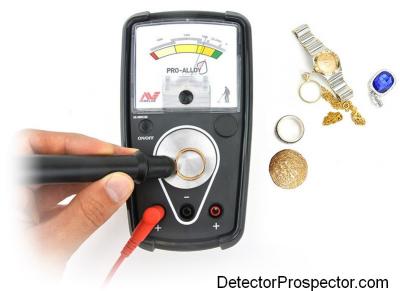
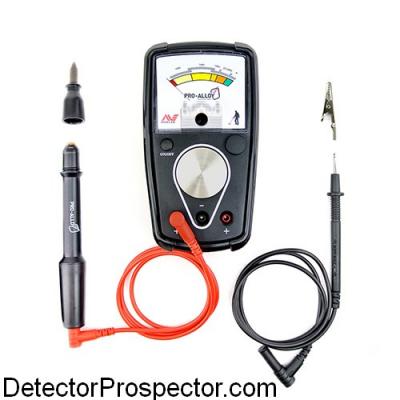
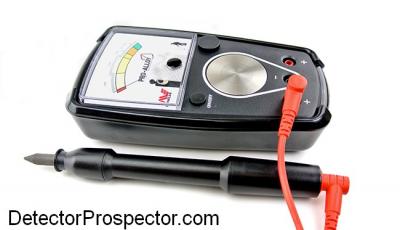
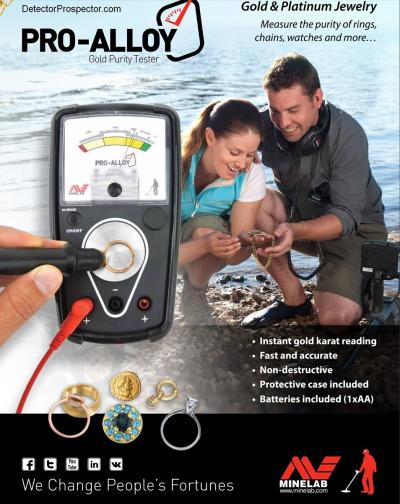
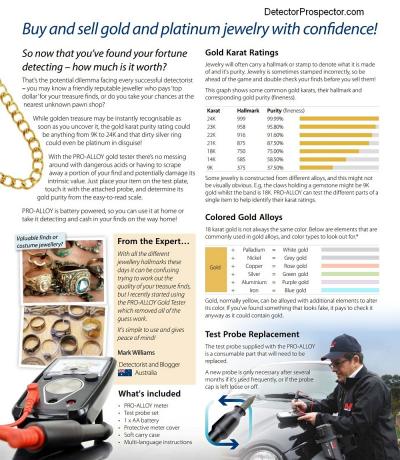

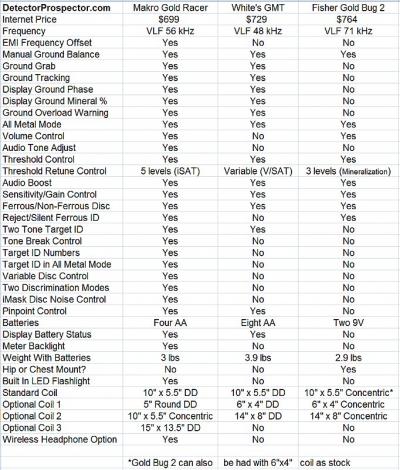
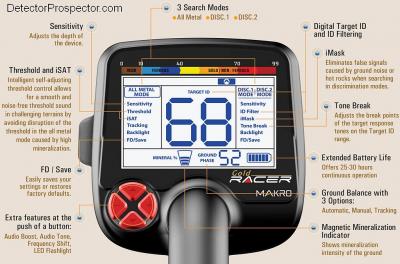
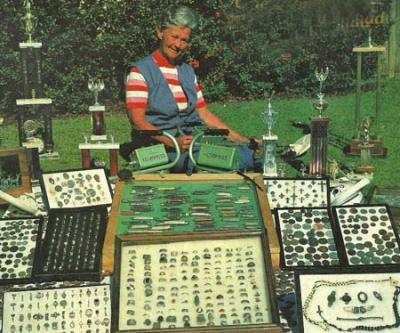
XP Metal Detectors Go Detect App For Smartphones
in XP Metal Detectors
Posted
The plot thickens. In app purchase of subscription service.